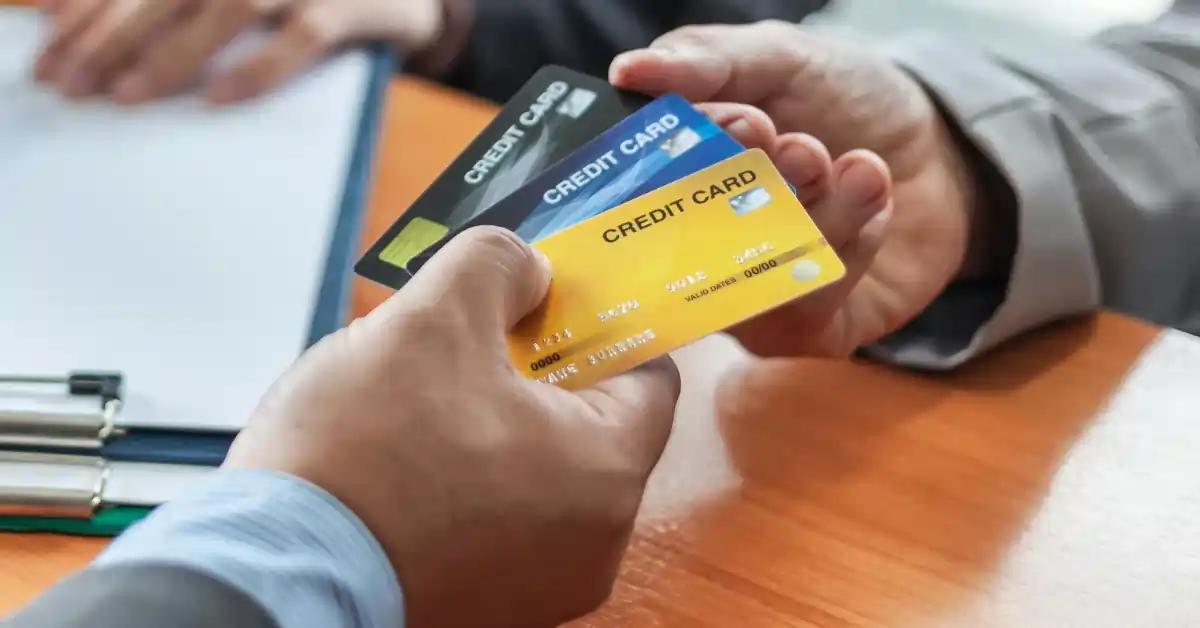When Emily, a 26-year-old marketing associate in Chicago, got her first credit card, she felt like she had finally stepped into adulthood. The shiny card promised freedom—flights booked instantly, dinners with friends without worrying about cash, even reward points that looked like free money. But within a year, the same card that had once felt empowering turned into a weight. Her balance grew faster than she imagined, the minimum payments felt never-ending, and the late fees hit harder than she expected.
Emily’s story is not unusual. In the U.S., credit cards are convenient, rewarding, and often necessary—but they can also become dangerous traps if not handled with care. Learning how to manage them wisely is about striking the balance between enjoying their benefits and avoiding the spiral of debt.
The Realisation of How Expensive Debt Can Be
It was only when Emily sat down one evening to read her statement that she noticed the interest charges. She had spent $1,200 during the holiday season but had only been paying the minimum due for three months. Her balance hadn’t really gone down—it had grown. The math was brutal: with a 22% interest rate, her $1,200 debt could take years to clear if she kept paying that way.
This was her wake-up call. She realised that credit cards weren’t just about convenience—they were loans with one of the highest costs in consumer finance. From that day, she promised herself that the card would never again be treated as “extra income.”
Treating the Card as a Tool, Not a Lifeline
Emily started using her card differently. Instead of swiping without thought, she began to treat it like her debit card—only spending what she knew she could pay back by the next billing cycle. The card became a tool: for fraud protection, to build her credit score, and to earn occasional rewards. But it was no longer the crutch she leaned on when her paycheck ran thin.
Setting Boundaries and Staying Accountable
One of Emily’s smartest changes was setting her own spending limit. Even though her card had a limit of $8,000, she capped herself at $1,500. She also turned on alerts from her bank app that pinged her whenever she crossed $1,000 in monthly spending. These reminders made her more mindful, and for the first time, she felt in control of her money instead of the other way around.
Learning to Pay More Than the Minimum
The biggest shift came when she stopped making minimum payments. Emily began paying her full statement balance each month, even if it meant cutting back on weekends out or delaying online shopping. And when she couldn’t pay in full, she pushed herself to pay at least double or triple the minimum. Slowly, her balance started shrinking, and the dread of opening her monthly statement faded.
Avoiding the Traps Along the Way
Like many young Americans, Emily was tempted by cash advances and balance transfer offers. But she took the time to read the fine print. She realised that cash advances would charge her interest from day one, and that balance transfers only made sense if she could clear the balance before the introductory rate expired. By resisting these traps, she avoided falling into a deeper hole.
The Ripple Effect of Good Habits
Over time, Emily’s discipline began to show in her credit score. Every on-time payment, every month of keeping her balance low compared to her limit, and every decision to avoid late fees contributed to a stronger financial profile. Within two years, she saw her score rise enough to qualify for a lower interest rate on her auto loan. It was a small win, but it made her realise that credit cards, when handled responsibly, can actually open doors instead of closing them.
Finding Her Own System
Emily’s final step was creating a system that worked for her lifestyle. She automated her payments so she would never miss a due date. She used her card for groceries and gas—expenses she had budgeted anyway—then paid them off right after payday. Instead of juggling five different cards, she stuck to two: one for everyday spending, and one backup with no annual fee.
By simplifying, she made her financial life less stressful and more predictable. And for the first time since getting her card, she didn’t feel overwhelmed by debt—she felt empowered by the control she had regained.
Emily’s journey shows that credit card debt traps are real, but they’re not unavoidable. With discipline, awareness, and a personal system, credit cards can be transformed from financial burdens into useful allies. For anyone struggling, the lesson is clear: it’s never too late to step back, set boundaries, and rebuild your habits. Credit cards should open up your future, not weigh it down.
